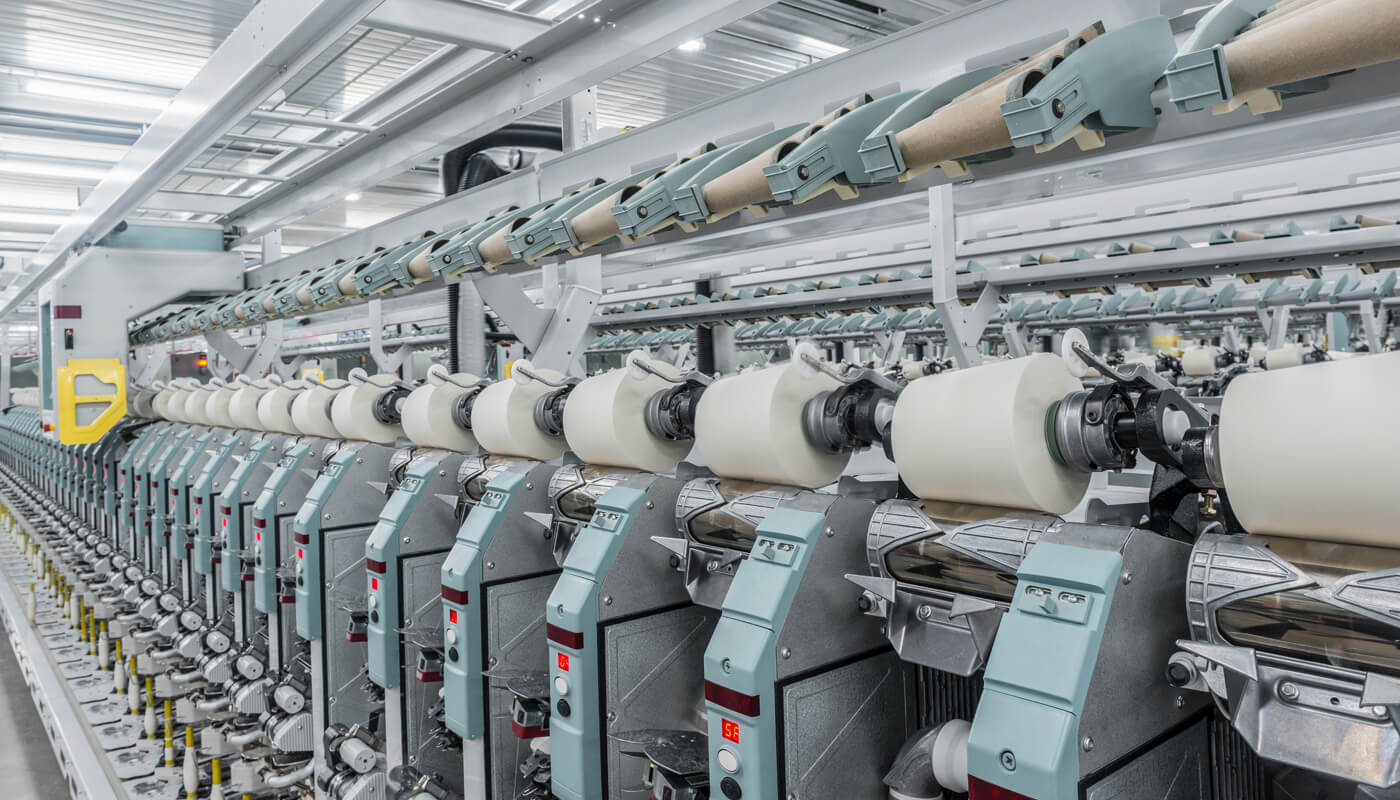
Fabric Printing
Our team guides you through various printing methods including rotary screen, digital sublimation, and pigment printing. We ensure fabric compatibility, colorfastness testing, and supplier matching — helping brands achieve high-quality and scalable print output across different fabric bases.
“We believe textile printing is not just about design — it’s about durability, sustainability, and repeatability.”
🎨 Screen Printing
Ideal for bold and durable designs, screen printing is perfect for high-volume production. We advise on ink selection, mesh size, and stencil types based on your fabric choice and end use.
🧵 Embroidery Stitching
Embroidery adds texture and premium perception to your products. We help you plan thread types, density, logo placement, and machine compatibility for optimal results across garment types.

Custom tailoring
- Sizing chart development
- Tech pack alignment
- Sample fit reviews
- Small-run sewing partners
01. What Are the Main Problems Faced by the Textile Industry?
Rising raw material costs, supply chain instability, and compliance challenges are among the top issues. Brands also struggle with overproduction and balancing sustainability with profitability.
02. What Is the Importance of the Textile Industry?
The textile industry supports global economies through employment, exports, and innovation. It plays a critical role in fashion, medical, automotive, and tech sectors.
03. What Is the Current Demand for Textile Products?
Consumers are increasingly demanding sustainable, functional, and ethically made products. This shift is driving demand for recycled fibers, organic cotton, and traceable supply chains.
04. How Can Countries Improve Their Textile Industry?
By investing in green technology, worker training, and local sourcing ecosystems — countries can create more resilient, sustainable, and competitive textile industries.




